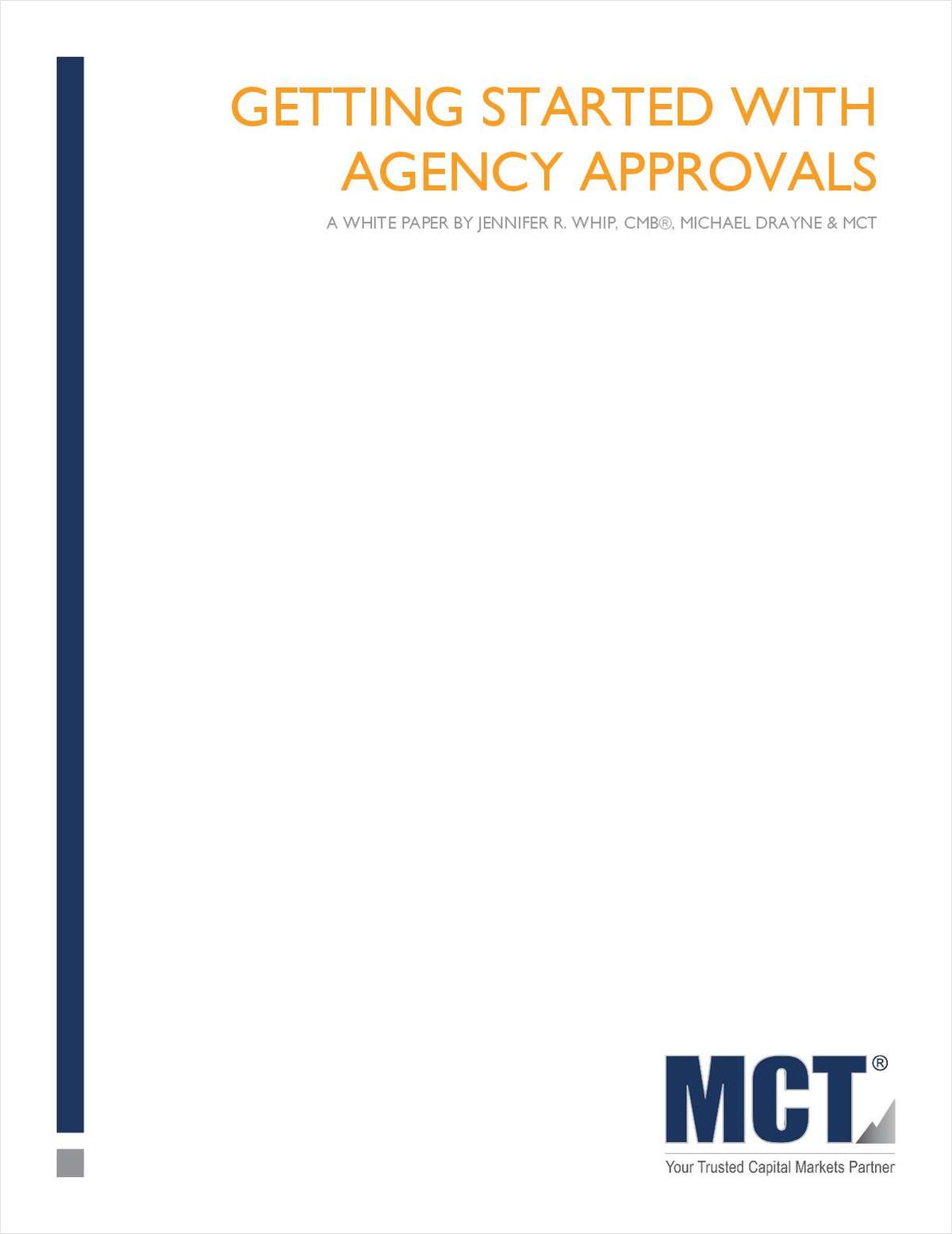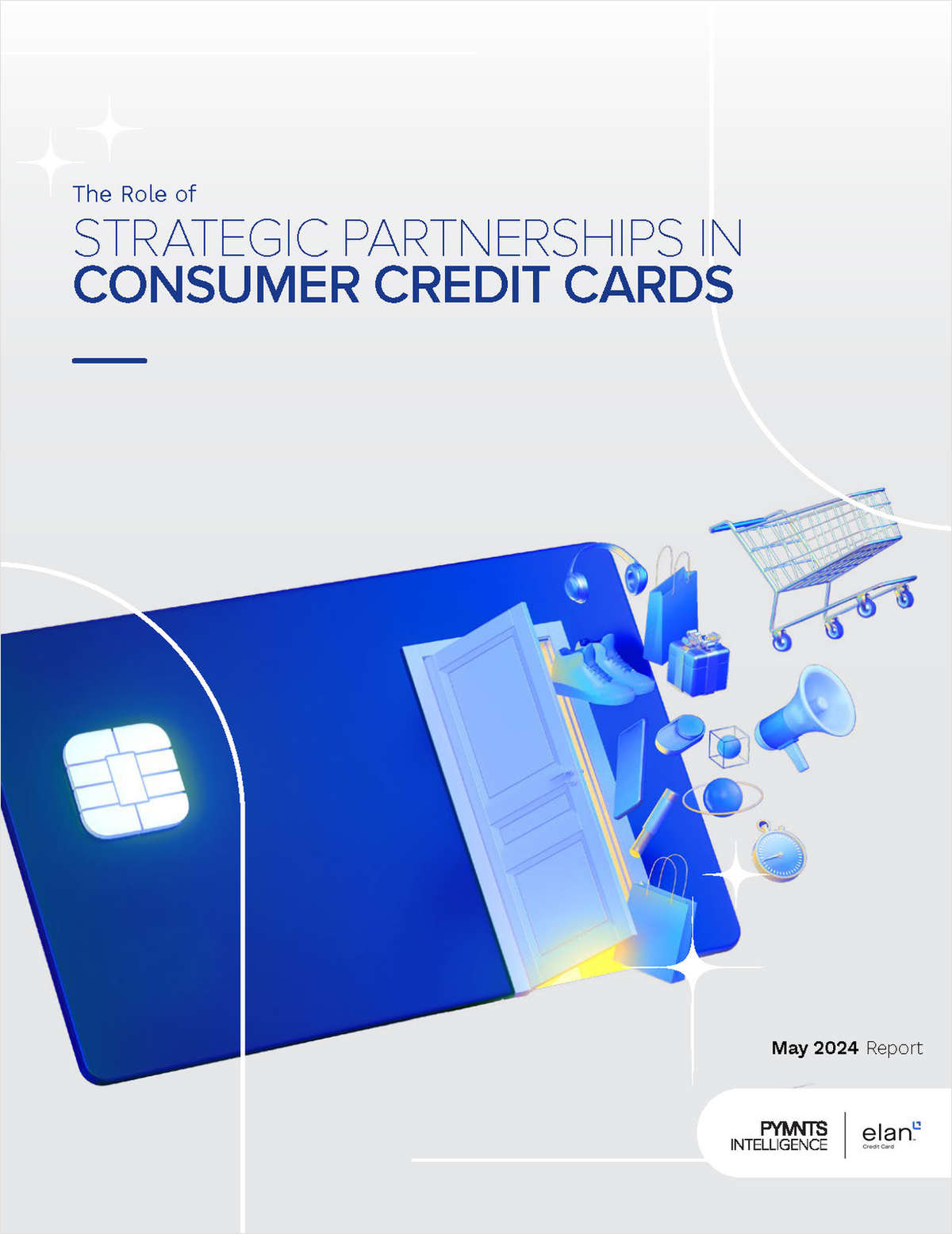 Yes, you read the title correctly.
Yes, you read the title correctly.
That was the first step the Pembroke Pines, Fla.-based, $575million Power Financial Credit Union recently took to create ateam-based culture that is truly people-centric versusproduct-centric.
|Power Financial President/CEO Allan Prindle has years ofexperience specializing in turning around troubled financialinstitutions as well as building high-performing teams. During his30-plus-year financial career, he has spent significant timeresearching the area of incentives, including much of his MBAprogram at Boston University.
| After a large merger in the late 2000s and successfullyweathering one of the worst economic downturns in our country'shistory at ground zero of a sand state, states in which homes lostmore than half of their value, Prindle (pictured at left)recognized then was the right time to focus on growth. So heembarked on creating a business model that included a long-termgoal of eliminating incentives and becoming fee-free.
After a large merger in the late 2000s and successfullyweathering one of the worst economic downturns in our country'shistory at ground zero of a sand state, states in which homes lostmore than half of their value, Prindle (pictured at left)recognized then was the right time to focus on growth. So heembarked on creating a business model that included a long-termgoal of eliminating incentives and becoming fee-free.
He shared this research with his executive team, including me,to aid in planning and implementing a new compensation structure.The evolution away from incentives was, at first, difficult for me.Like many in our industry, I spent the first half of my career incommission-based sales or in positions where the majority of myincome was driven by variable compensation.
|However, as in most cases, when you put the facts on the table,rational minds come to the same conclusion. In this case, PowerFinancial started its pivot and, after a few months of planning andpreparation, on Jan. 1, 2015, transitioned from individualincentives to a team-based, gain-sharing plan. That plan providedquarterly payouts based upon the success of the entire PowerFinancial team.
|The change posed a daunting challenge as our organization'sleadership teams also needed to evolve. They had to move from thecommand and control nature of incentives and embrace the insightsrequired to attain sustainable business advantages in ahypercompetitive marketplace.
|A review of the business issues and strategy we employed helpedto shape the situation facing our team. Power Financial wasthe result of the merger of two credit unions just before the GreatRecession. We underwent a process of streamlining and consolidationof overlapping duties, which reduced the combined branch footprintby more than 50% and its FTE headcount from more than 200 to125.
|Our organization underwent some cultural disruption during thisperiod that severely affected its financial performance. Forexample: The credit union experienced negative membership growth of15%, negative organic loan growth and a forecast ROA of just0.15%.
|Turning the company around involved a four-pronged strategy:
- Transitioning from a “hunker down” mode to re-igniting ourorganic growth engine;
- Strategically aligning the organization while retaining our“high touch” legacy;
- Uniting a group of individuals into a cohesive, high-performingteam; and
- Growing revenue through added value, a.k.a. “good profit,”rather than increasing or creating new fees – “bad profit.”*
Any one or even two of these initiatives would have been asignificant challenge, let alone all four. With that said,this is the sort of challenge high-performing teams get excitedabout!
|Our action plan included a return to what makes credit unions abetter option than other financial institutions. Power Financialfocused on fundamentals, primarily leveraging its core competencyof real estate lending. Our credit union also removed allindividual incentives.
|Next, we created and continuously communicated the familyconcept, celebrating actions by team members that demonstratedthese values.
|The results of our teams' efforts have been nothing short ofastonishing. The credit union now has net promoter scores above 80%– as high as 90% some months – and members enjoy a much more robustexperience with us operating at the fiduciary level as a trustedadviser offering a planning approach, rather than a product-centricapproach. Employee engagement also has improved more than20%.
|The results are summarized in the following table.
|
Other benefits of the change included a significant reduction inreliance on indirect loans. The credit union was also able toreduce or eliminate several fees.
|We see other non-measurable results as well during our staffmeetings, conversations, and employee interactions with bothinternal and external customers.
|While this has been an interesting experiment, this case studyis not intended to label incentives as inappropriate, but toprovide an alternate path to traditional methodologies incompensation and performance management.
|*“Bad Profit, Good Profit, and the UltimateQuestion: How 'Net Promoter' Companies Thrive in a CustomerDriven World,” The European Business Review, by Fred Reichheld, RobMarkey and Andreas Dullweber
|Dr. David L. Tuyo is senior EVP, CFO and COO atPower Financial Credit Union. He can be reached at954-538-4400 or [email protected].
Complete your profile to continue reading and get FREE access to CUTimes.com, part of your ALM digital membership.
Your access to unlimited CUTimes.com content isn’t changing.
Once you are an ALM digital member, you’ll receive:
- Critical CUTimes.com information including comprehensive product and service provider listings via the Marketplace Directory, CU Careers, resources from industry leaders, webcasts, and breaking news, analysis and more with our informative Newsletters.
- Exclusive discounts on ALM and CU Times events.
- Access to other award-winning ALM websites including Law.com and GlobeSt.com.
Already have an account? Sign In
© 2024 ALM Global, LLC, All Rights Reserved. Request academic re-use from www.copyright.com. All other uses, submit a request to [email protected]. For more information visit Asset & Logo Licensing.









